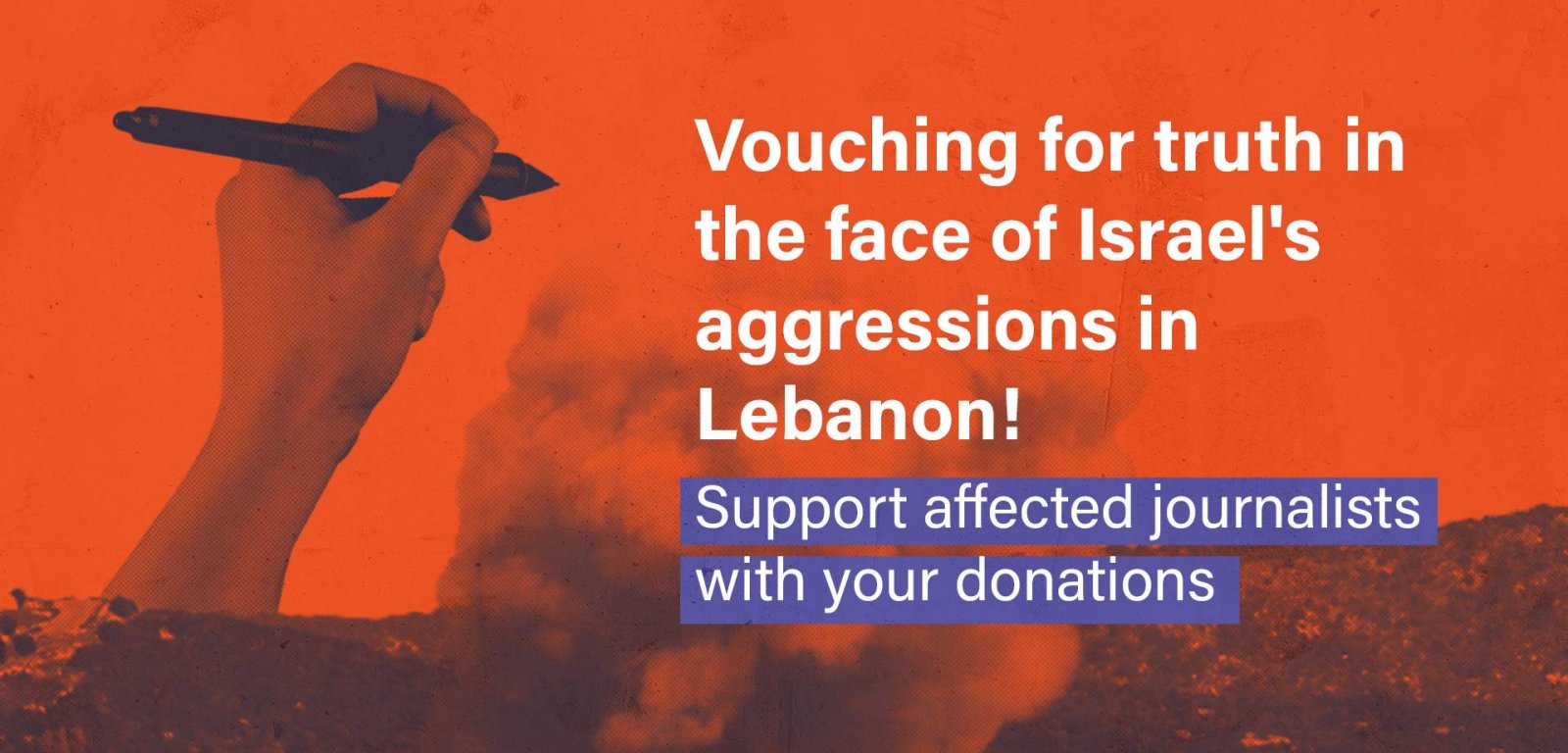"The city is very beautiful, the houses are large and wonderful, fully built with cut stones and brownish-red bricks. Roads are wide and clean, people are elegant and dignified."
This is how Italian writer and traveler Renzo Manzoni described Sanaa in his book, "Yemen…a trip to Sanaa". He spent some time between 1877 and 1878 in the largest Yemeni city that is today witnessing some of the worst atrocities in the history of mankind.


Manzoni was charmed the most by the tolerance and peaceful nature of Sanaa's residents, even while dealing with the Turkish rulers; he did not spot a single clash between Yemenis and Turks in the capital.
There was also a Greek population in the city; they owned all kinds of stores, selling matches, rolling papers, sardine cans, gas lamps, mirrors, clothes and all kinds of alcoholic drinks.
Greeks who imported such goods had previously taken part in the excavation of the Suez Canal in Egypt. After leaving Egypt, they moved en masse to Sudan's Suakin, Massawa in Ethiopia (currently in Eretria) and the Yemeni city of Al-Hudaydah. Sanaa was their final destination where they arrived with the goods that were in high demand among the Turks.

Music and Singing
The Italian writer's attention was drawn by music composers, some of whom only produced religious hymns in houses while others' performances were seen as explicitly racy, and thus were looked down on. Musicians, in general, were moving from one country to another; a native woman would never dare to sing and dance in public.House Servants
While visiting numerous houses in Sanaa, Manzoni could not help but notice there was a large number of servants in every house. They were all treated very well, even though they worked very little. "The worst servant in Europe, without any effort, can do the work of four or five Arab servants in one day on his own," he said.
Men were unable to hire female servants and vice-versa. Castrated servants were also not available in Yemen. Jews could not hire Muslim servants, whereas Christians were seemingly allowed to, according to Manzoni.
Sanaa's Women
During his trip from Aden to Sanaa the Italian writer passed by many tribes, which urged him to draw comparisons between tribal women and Sanaa's female residents. He described the latter as more beautiful and whiter.
He said they had long black hair that was typically pulled back except for shorter tossing locks on their cheeks. Some women would also wear their hair in an odd number of braids for good luck.
Wives of the rich elite wore fancy colorful clothes, yet only in their houses or when they go to the harems. While walking in the street they would put on a cloak that would cover them from head to toe. They would also cover their faces with a light handkerchief that had no holes for breathing.
Rich and poor women of all ages would put on the same dark cloaks, and thus it was extremely difficult to speculate which woman was well-off and which was underprivileged. Manzoni, however, noticed that Sanaa's women would usually leave part of their feet showing, which could indicate whether a woman was young or ageing.
Harems
Manzoni did not overlook the harem, an isolated part of the house in which the wife or other female relatives of a man lived. According to the writer, a harem was widely believed in Europe to be a place for a life of debauchery. As a matter of fact, harems were where the landlord's mother, sisters and wife stayed in an environment that was as strict and disciplined as a nuns' residence in Europe. Among the wealthy, harems hosted maids who -- opposite to the notion that they were landlords' sex slaves -- were not allowed to see male residents. Each one of them would serve the wife within the realm of house chores.No Educated Women
Although he wandered around a lot in Sanaa, Manzoni did not meet a single educated woman; Sanaa's female residents were illiterate. They only knew how to cook and Knit, among other house chores. They would spend most of their time dyeing their hands and feet with henna, and wear make up in order to appeal to their husbands.Magic and Spiritualism
Illiterate people in Sanaa believed in magic and spiritualism, according to Manzoni who explained that the poor would usually pay visits to psychics, while the well-off were into astrology. Sanaa had good days: Mondays were designated for marriages, Thursdays were blessed and Fridays were full of good luck because Prophet Muhammad emigrated from Mecca to Medina on the same day. While Sunday and Wednesday were neutral, Tuesday was an ominous day and was called the "day of blood" because most of the Muslim martyrs died on Tuesdays. Saturday was the Yemeni Arabs' worst day because it was celebrated by Jews. There were also good and bad seasonal days, the worst of which was the last Wednesday of the month of Safar. People would be afraid to leave their houses, thinking they would face unfortunate events because it was the day when ghosts celebrate.Sacred Figures and Dervishes
In Sanaa, the writer said it was obvious that Yemenis thought highly of their sacred figures, whether alive or dead. Those people were deemed sacred for no apparent reason, according to Manzoni, and they would take advantage of such a granted status. He referred to those sacred figures as harmless "fools and retards" who for some reason people thought were special. They were above the law; even if they walked in the street with not a stitch on, no one would dare to say anything to them.
Dervishes, on the other hand, were more religiously devout than others, or so they pretended. Mostly Turks and Persians, the dervishes would display their spirituality by doing extraordinary practices such as eating rocks, glass or metal, for instance.
"They are deceivers who live off charity money that they either ask for or just receive without asking," Manzoni said. "Yemen's Arabs are afraid of them because they think they are immensely ominous."
Peacock Garden
There was a myriad of gardens all across Sanaa; Manzoni's favorite was the Peacock Garden. It was vast, neat and full of various trees and flowers. It was a favorite place for the Turks who would hang out there drinking Arak, an alcoholic beverage, and eating fruit before lunch.Faulty Beliefs and Stereotypes
Not everything Manzoni wrote about Sanaa's natives was accurate; he mentioned things that he saw as strange or irrational based on widespread stereotypes that he and other western travelers believed in. Thus, their books more or less have had contempt for other cultures. For example, Manzoni mentioned what he described as people's humiliating obedience to superior individuals, saying whenever the latter walked by, other men would stop smoking and stand up to salute them. He also said it was common for a man to refer to himself while communicating with the elite, whether verbally or in writing, as the "very humble servant". Some of Manzoni's judgments were based on his encounters. "It happened many times that I saw in Yemen whole tribes of men and women who were extremely ugly, whereas there were other tribes of handsome men and charming women," he said. During one of his visits, he was asked to treat patients after locals mistakenly thought he was a doctor. Consequently, he concluded that people all across the Muslim countries would think that Europeans must know everything only because they could read and write. In his opinion, an Arab man was ignorant because "he believes that all human knowledge can be in one book, and when a man can read its pages he would know everything". The writer has pictured Sanaa how he experienced, incorporating in his writing common faulty impressions in the Italian culture about the Islamic world. For instance, he said that Ramadan was the month of pleasures for Muslims, whereas it is actually the month when Muslims abstain from all pleasures, including food and water, from dawn till dusk. Professor of contemporary history Abdullah Shaker told Raseef22 that books of travelers should not be taken for granted because they were written from a western perspective and are actually error-ridden. The ignorance of the European travelers about Islam and the Arab cultural heritage, as well as their poor Arabic led them to misinterpret many of what they saw and experienced, Shaker explained.Raseef22 is a not for profit entity. Our focus is on quality journalism. Every contribution to the NasRaseef membership goes directly towards journalism production. We stand independent, not accepting corporate sponsorships, sponsored content or political funding.
Support our mission to keep Raseef22 available to all readers by clicking here!
Interested in writing with us? Check our pitch process here!






